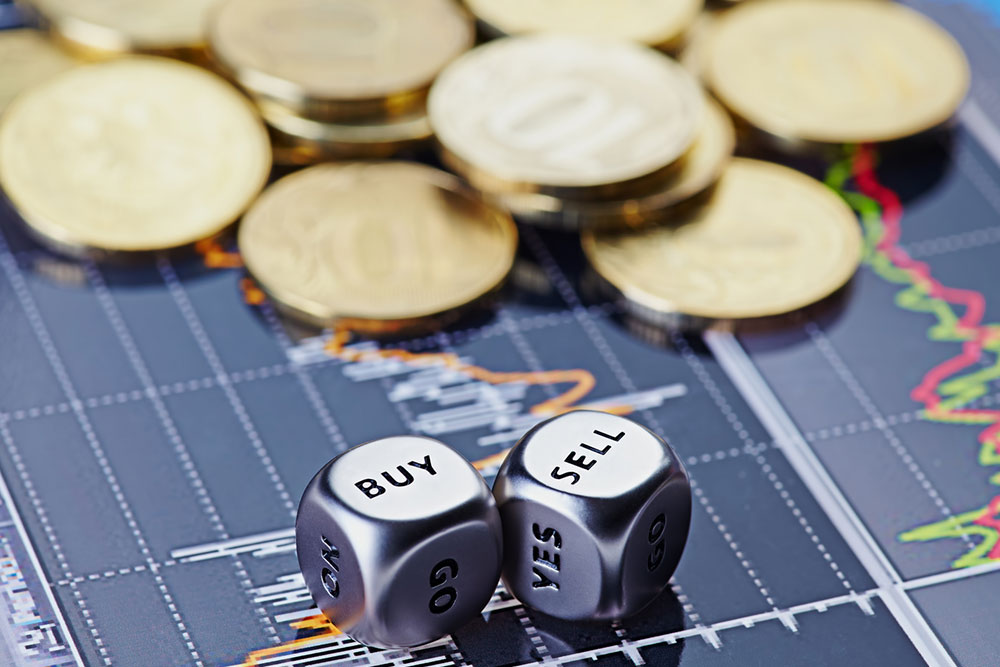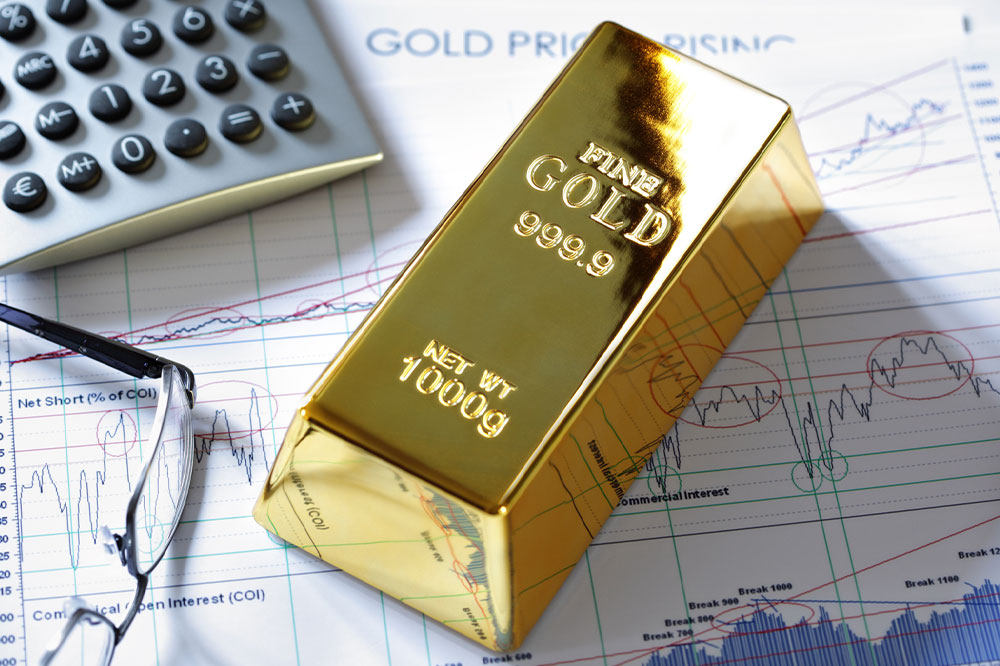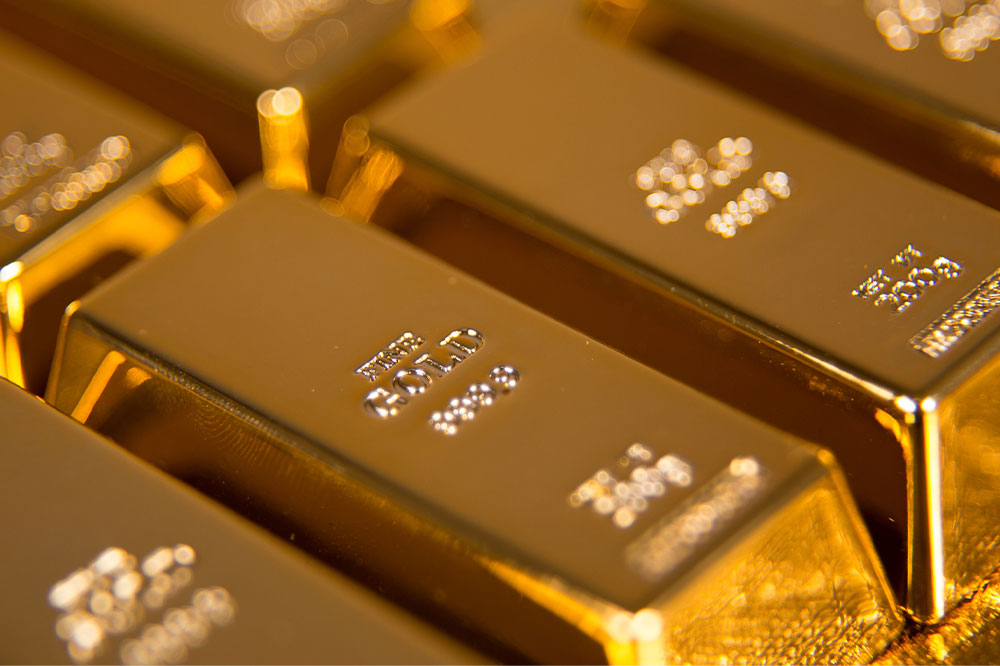8 things to consider when investing directly in bonds

Bonds are a common investment avenue for people looking to make money. Reports say the worldwide bond market accounts for over $100 trillion! Bonds are so popular because they help individuals diversify their portfolios, get excellent returns, and provide several other benefits. One can also choose from several bond options based on their preferences. But before investing, one should understand the fundamentals and keep a few important things in mind.
What are bonds?
When a person invests in a bond, they lend a certain amount to the issuer. The bond issuer is usually an organization, such as a government body, corporation, or municipality. The entity issuing the bond commits to pay the investor interest on the loan at a predetermined rate and returns the principal amount when the bond matures.
Key considerations when investing in bonds
While bonds are great investment options, they only provide a good return if one researches well. Those looking to buy bonds directly must consider a few important things, such as their type, maturity period, risk, and likelihood of appreciation.
Type of bond
Bonds are classified into different types based on who issues them. For example, corporations issue corporate bonds, local and state governments issue municipal bonds, and the treasury or federal government agencies issue government bonds . Studying each type is critical because they have different features and risk and return profiles.







